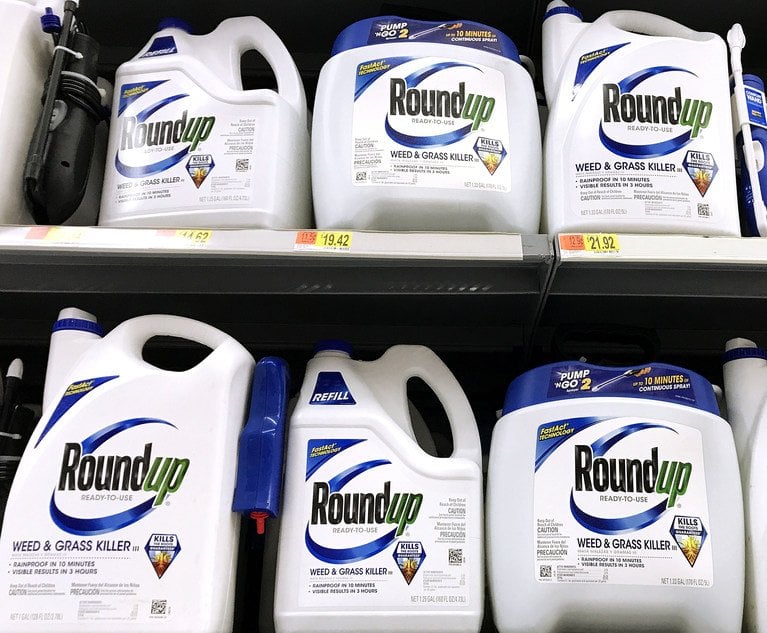The California Safe Drinking Water and Toxic Enforcement Act of 1986, commonly referred to as “Proposition 65,” requires entities doing business in California to provide warnings to consumers about significant exposures to chemicals that have been identified by the state to cause cancer, birth defects or reproductive harm. In 2016, the California Office of Environmental Health Hazard Assessment (OEHHA) promulgated new consumer warning regulations that take effect on Aug. 30, 2018 (27 Cal. Code Reg. Section 25600 et seq.). It is important that anyone selling, supplying or distributing products in California re-evaluate what they are doing to comply with Proposition 65. This article highlights some of the key consumer warning provisions. However, the regulations are very detailed, and businesses should carefully review the regulations to make sure they are in compliance.
These new regulations are not technically binding. Rather, they provide a “safe harbor,” and a business can choose to use other warning methods and content (Section 25600(a)) instead. However, by doing so, the entity risks having to defend challenges claiming that the alternative warnings are not sufficient. Therefore, it is in the interests of most businesses to comply with the specific warning requirements set out in the regulations.


 Albert Cohen from Loeb & Loeb.
Albert Cohen from Loeb & Loeb.




